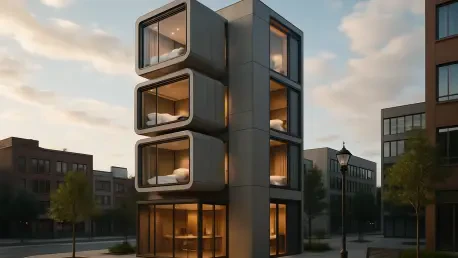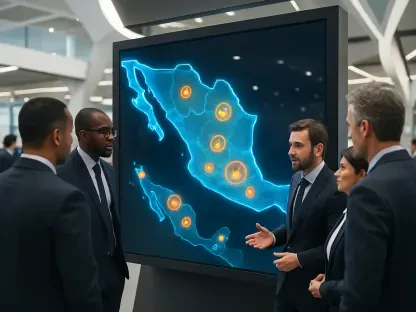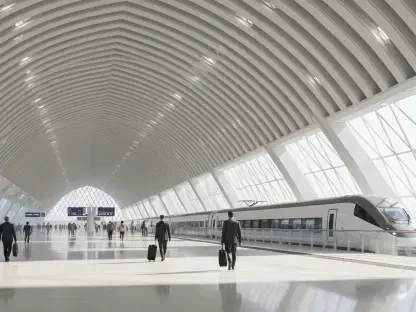The hospitality industry is undergoing a transformative shift in response to evolving traveler preferences, particularly the increasing demand for space-efficient and purpose-driven accommodations. Compact hotel design stands out as a pivotal innovation addressing travelers’ needs for convenience, affordability, and quality. In the wake of global disruptions, this trend has gained substantial traction, reshaping how hotels operate. This article delves into the factors driving the rise of compact hotels, their real-world applications, expert insights into the design process, and prospects within the hospitality sector.
The Rise of Compact Hotels
Data and Market Trends
Urban areas worldwide have seen a significant increase in the proliferation of compact hotels. According to industry reports, these hotels have expanded rapidly, capturing a growing share of the hospitality market. Across bustling cities, the compact model is embraced for its ability to maximize limited space, providing guests with well-designed rooms that don’t sacrifice comfort. Industry data highlights an upward trajectory in both the number and popularity of these establishments, with adoption rates climbing as more travelers appreciate their unique value proposition.
Real-World Applications
Bloc Hotels serves as a prime example of successful compact design implementation. Known for its strategic use of space and focus on short-stay solutions, Bloc has established a strong presence in key locations like Gatwick Airport and Birmingham. These properties showcase innovative design elements, combining technical efficiency with a thoughtful guest experience. Their approach not only optimizes square footage but also integrates technology to enhance guests’ interactions with their environment, contributing to the chain’s growing reputation.
Expert Insights on Compact Design
Design Challenges and Effectiveness
Architects and hospitality consultants provide invaluable perspectives on the ins-and-outs of compact hotel design. They identify key challenges such as efficiently organizing small spaces and ensuring infrastructures are adaptable to diverse guest needs. However, they also acknowledge the effectiveness of well-executed projects in creating usable space without compromising on the quality of service, ultimately meeting and even exceeding modern travelers’ expectations.
Consumer Preferences and Industry Standards
The appeal of compact hotels lies in their ability to adapt to shifting consumer trends. Accommodation providers are gaining insight into the value travelers place on both privacy and social connectivity. As industry standards align with these preferences, compact hotels are increasingly seen as innovative solutions that redefine traditional hospitality paradigms, offering a balanced blend of personal space and communal experiences.
Future Prospects of Compact Hotel Design
Upcoming Trends
The future of compact hotel design is poised for exciting developments, driven by consumer demand and technological advancements that include smart-room integration and eco-friendly practices. Offering conveniences such as seamless automation and tangible sustainability benefits, compact hotels are set to cater to environmentally conscious travelers while enhancing operational efficiencies. These innovations pave the way for dynamic growth that reflects a commitment to personalized guest experiences.
Global Expansion Opportunities
While the compact hotel model holds immense promise, it also faces challenges in scaling globally. Factors such as cultural preferences and regulatory frameworks vary by region, presenting obstacles as well as opportunities for creative solutions. Nonetheless, the model presents viable pathways for expanding into new markets by adapting designs to fit local contexts and accommodating diverse consumer expectations.
Conclusion and Implications
Compact hotel design represents a remarkable shift in the hospitality industry, demonstrating a commitment to meeting contemporary travelers’ needs through innovation and efficiency. The movement sparked interest and aligned strategic plans for many stakeholders, prompting them to reconsider conventional approaches to accommodation. As the industry reflects on past and current trends and their potential future impacts, integrating compact design into long-term planning will be crucial. Hospitality leaders who seize the opportunity to adopt these ideas can position their operations for growth, transforming how travelers experience hospitality worldwide.









